Home>Furniture & Design>Bathroom Accessories>How To Prevent Bath Toys From Getting Moldy
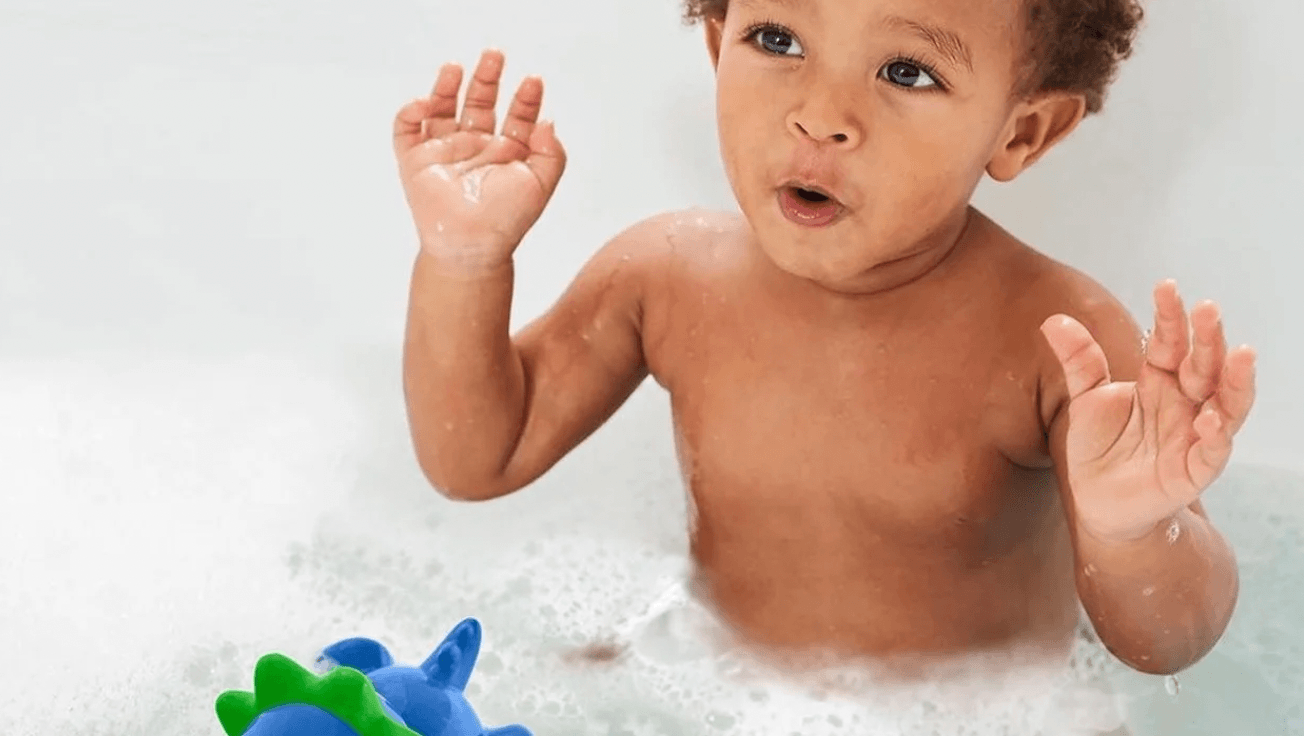

Bathroom Accessories
How To Prevent Bath Toys From Getting Moldy
Modified: February 17, 2024
Learn effective tips to prevent mold from growing on your bathroom accessories, including bath toys. Keep your bathroom clean and mold-free with these simple strategies. Prevent moldy bath toys and maintain a healthy environment for your family.
(Many of the links in this article redirect to a specific reviewed product. Your purchase of these products through affiliate links helps to generate commission for Storables.com, at no extra cost. Learn more)
Introduction
Bath time is a fun and essential part of a child's daily routine, and bath toys play a significant role in making this experience enjoyable. However, the warm and moist environment of the bathroom can create an ideal breeding ground for mold and mildew, posing potential health risks to children. To ensure a safe and hygienic bathing environment, it is crucial to implement effective strategies to prevent bath toys from becoming moldy.
Mold growth on bath toys is not only unsightly but can also lead to respiratory issues and skin irritation in children. Therefore, it is essential for parents and caregivers to be proactive in maintaining the cleanliness of these toys. By adopting proper cleaning and drying techniques, utilizing mold-resistant bath toys, and implementing appropriate storage practices, it is possible to mitigate the risk of mold growth and ensure that bath time remains a safe and enjoyable experience for children.
In this comprehensive guide, we will explore various strategies and best practices for preventing bath toys from getting moldy. From understanding the importance of proper cleaning and drying techniques to selecting mold-resistant bath toys and implementing effective storage solutions, this article will provide valuable insights to help parents and caregivers safeguard their children's health and well-being during bath time. Let's delve into the details of maintaining clean and mold-free bath toys to create a healthy and enjoyable bathing experience for children.
Key Takeaways:
- Keep bath toys clean and dry to prevent mold. Use mild soap, disinfect with vinegar, and ensure thorough drying after each use. Regular maintenance and inspection are crucial for a safe bathing experience.
- Choose mold-resistant bath toys and store them properly. Look for toys made of silicone or natural rubber, and use open-air storage to prevent mold growth. Regular cleaning and sunlight exposure help maintain hygiene.
Read more: How To Clean Squirty Bath Toys
Proper Cleaning and Drying Techniques
Proper cleaning and drying techniques are essential for preventing bath toys from becoming a breeding ground for mold and mildew. Regular maintenance of bath toys is crucial to ensure a hygienic bathing environment for children. Here are some effective strategies for cleaning and drying bath toys to prevent mold growth:
-
Regular Cleaning: After each use, it is important to thoroughly clean bath toys to remove any soap residue, dirt, or potential contaminants. Use a mild soap or baby-friendly cleanser to wash the toys, ensuring that all surfaces are thoroughly scrubbed. Pay special attention to any crevices or openings where water can accumulate, as these areas are particularly prone to mold growth.
-
Disinfecting Solutions: Periodically disinfecting bath toys is essential for eliminating bacteria and mold spores. A simple and effective method is to soak the toys in a solution of equal parts water and white vinegar for 10-15 minutes. Vinegar is a natural disinfectant that can help kill mold and mildew without exposing children to harsh chemicals.
-
Hot Water Rinse: After cleaning and disinfecting, rinse the bath toys with hot water to remove any remaining soap or vinegar residue. The hot water will also help to further sanitize the toys, reducing the risk of mold growth.
-
Thorough Drying: Proper drying is crucial for preventing mold and mildew. After each use and cleaning session, ensure that bath toys are thoroughly dried. Squeeze out excess water from rubber or plastic toys and allow them to air dry completely. It is important to pay attention to any moisture-trapping areas, such as small openings or valves, to prevent the accumulation of water inside the toys.
-
Sunlight Exposure: Whenever possible, expose bath toys to direct sunlight for natural disinfection and drying. Sunlight has natural antimicrobial properties and can help inhibit mold growth on bath toys. Place the cleaned toys in a sunny spot, such as a windowsill or outdoor drying rack, to benefit from the sun's sanitizing effects.
By implementing these proper cleaning and drying techniques, parents and caregivers can effectively minimize the risk of mold and mildew formation on bath toys, ensuring a safe and hygienic bathing environment for children. Regular maintenance and attention to cleaning and drying practices are essential for preserving the integrity of bath toys and promoting a healthy bathing experience.
Using Mold-Resistant Bath Toys
Selecting bath toys that are specifically designed to resist mold and mildew can significantly contribute to maintaining a clean and hygienic bathing environment for children. Mold-resistant bath toys are engineered with materials and features that inhibit the growth of mold and mildew, offering a practical solution to minimize the risk of potential health hazards associated with conventional bath toys.
When choosing bath toys for children, look for products that are labeled as mold-resistant or mold-free. These toys are often made from materials such as silicone, natural rubber, or certain types of plastic that are less susceptible to mold growth. Additionally, some manufacturers incorporate antimicrobial additives into the toy materials, further enhancing their resistance to mold and mildew.
Furthermore, consider bath toys that are designed with seamless and solid construction, minimizing the presence of crevices and openings where water can accumulate and mold can thrive. Toys with a smooth and non-porous surface are easier to clean and less likely to harbor mold spores, making them a practical choice for maintaining a hygienic bathing environment.
In addition to material and construction, the design of the bath toys can also play a crucial role in preventing mold growth. Look for toys with a drainage feature that allows excess water to drain out easily, reducing the likelihood of water retention and mold formation. Some bath toys are designed with self-drying mechanisms or detachable components that facilitate thorough drying after each use, further inhibiting the conditions conducive to mold and mildew.
When introducing mold-resistant bath toys into the bathing routine, it is important to follow the manufacturer's guidelines for proper care and maintenance. While these toys are designed to resist mold, regular cleaning and drying practices are still essential to ensure their longevity and hygienic performance.
By incorporating mold-resistant bath toys into the bathing routine, parents and caregivers can proactively mitigate the risk of mold and mildew formation, providing children with a safe and enjoyable bathing experience. The thoughtful selection of bath toys that prioritize mold resistance contributes to creating a healthy and hygienic environment, promoting peace of mind for parents and ensuring the well-being of children during bath time.
After each bath, squeeze out excess water from bath toys and allow them to dry completely. Store them in a well-ventilated area to prevent mold growth.
Storing Bath Toys Correctly
Proper storage of bath toys is essential for preventing mold and mildew growth, ensuring that the toys remain hygienic and safe for children to use. After each bath time, it is crucial to implement effective storage practices to minimize the risk of moisture accumulation and mold formation. Here are some practical strategies for storing bath toys correctly:
-
Drain and Dry: After each use, thoroughly drain and dry the bath toys to remove any excess water. Squeeze out any trapped water from rubber or plastic toys and shake out any moisture from toys with crevices or openings. Allowing the toys to air dry completely helps prevent the buildup of moisture, creating an inhospitable environment for mold and mildew.
-
Open Air Storage: Choose a storage solution that allows bath toys to air dry effectively. Consider using a mesh bag or open basket to store the toys, allowing air circulation to facilitate drying. Avoid sealing the toys in airtight containers or bags immediately after use, as this can trap moisture and promote mold growth.
-
Elevated Drying Rack: Utilize an elevated drying rack or shelf to store bath toys. Elevating the toys off the bathroom floor or countertop promotes airflow and prevents water from accumulating around the toys, reducing the risk of mold formation.
-
Regular Cleaning of Storage Containers: If using storage containers or baskets, ensure that they are cleaned regularly to prevent the buildup of mold and mildew. Wash the containers with a mild soap and water solution, and allow them to dry completely before returning the bath toys to the storage area.
-
Sunlight Exposure: When feasible, place the stored bath toys in a sunny spot to benefit from the natural disinfecting and drying effects of sunlight. Periodically exposing the toys to sunlight helps inhibit mold growth and ensures that they remain clean and hygienic between uses.
By implementing these storage practices, parents and caregivers can effectively minimize the risk of mold and mildew formation on bath toys, promoting a healthy and hygienic bathing environment for children. Proper storage not only safeguards the integrity of the toys but also contributes to a safe and enjoyable bathing experience for children, providing peace of mind for parents and caregivers.
Incorporating these storage strategies into the daily routine helps maintain the cleanliness and hygiene of bath toys, ensuring that children can continue to enjoy their bath time while minimizing potential health risks associated with mold and mildew.
Regular Maintenance and Inspection
Regular maintenance and inspection of bath toys are essential for ensuring their cleanliness and safety for children's use. By incorporating consistent upkeep and thorough inspection into the bathing routine, parents and caregivers can proactively identify and address any potential issues related to mold and mildew, thereby promoting a hygienic and enjoyable bathing experience for children.
To begin with, it is important to establish a regular maintenance schedule for bath toys. This schedule should include designated times for cleaning, disinfecting, and inspecting the toys to ensure that they remain free from mold and mildew. By integrating these tasks into a routine, parents and caregivers can effectively stay ahead of any potential hygiene concerns associated with bath toys.
During the maintenance process, thorough inspection of each bath toy is crucial. Caregivers should carefully examine the toys for any signs of mold, mildew, or deterioration. This includes checking for discoloration, unusual odors, or the presence of black spots, which are indicative of mold growth. Additionally, attention should be given to any hidden areas or small openings where moisture can accumulate, as these are common sites for mold formation.
In the event that mold or mildew is detected on a bath toy, prompt action is necessary. The affected toy should be thoroughly cleaned and disinfected using appropriate methods, such as soaking in a vinegar solution or using a mild bleach solution for non-porous toys. Following the cleaning process, the toy should be meticulously dried to prevent any residual moisture that could contribute to further mold growth.
Furthermore, regular maintenance and inspection provide an opportunity to assess the condition of bath toys and determine if any replacements or repairs are needed. Toys that show signs of wear and tear, such as cracks, peeling, or degradation of materials, should be promptly addressed to prevent potential hygiene and safety issues.
By integrating regular maintenance and inspection into the care routine for bath toys, parents and caregivers can uphold a high standard of cleanliness and hygiene, ensuring that children can enjoy a safe and healthy bathing experience. This proactive approach not only minimizes the risk of mold and mildew but also promotes the longevity and integrity of bath toys, contributing to a positive and worry-free bathing environment for children.
In summary, regular maintenance and inspection are integral components of responsible toy care, allowing caregivers to address potential hygiene concerns and uphold a clean and safe bathing environment for children. By prioritizing these practices, parents and caregivers can effectively mitigate the risk of mold and mildew on bath toys, fostering a hygienic and enjoyable bathing experience for children.
Read more: How To Clean Bath Toys With Bleach
Conclusion
In conclusion, maintaining clean and mold-free bath toys is essential for creating a safe and hygienic bathing environment for children. By implementing proper cleaning and drying techniques, utilizing mold-resistant bath toys, practicing effective storage solutions, and integrating regular maintenance and inspection, parents and caregivers can proactively prevent the growth of mold and mildew on bath toys, ensuring a healthy and enjoyable bathing experience for children.
The importance of proper cleaning and drying techniques cannot be overstated. Regular cleaning, disinfecting, and thorough drying after each use are fundamental in preventing the accumulation of moisture and the subsequent growth of mold and mildew. By incorporating these practices into the bathing routine, caregivers can uphold a high standard of cleanliness and hygiene, safeguarding the well-being of children during bath time.
Furthermore, the selection of mold-resistant bath toys offers a practical solution to minimize the risk of mold formation. By choosing toys designed with materials and features that inhibit mold and mildew, parents and caregivers can proactively mitigate potential health hazards associated with conventional bath toys, promoting peace of mind and ensuring a safe bathing environment for children.
Effective storage practices play a crucial role in preventing mold and mildew on bath toys. By draining, drying, and storing the toys in a manner that promotes airflow and inhibits moisture accumulation, caregivers can minimize the conditions conducive to mold growth, contributing to a clean and hygienic bathing environment for children.
Regular maintenance and inspection are integral components of responsible toy care, allowing caregivers to proactively address potential hygiene concerns and uphold a safe bathing environment for children. By integrating these practices into the care routine for bath toys, parents and caregivers can ensure that children can enjoy a worry-free and healthy bathing experience.
In essence, by incorporating these strategies and best practices into the care routine for bath toys, parents and caregivers can create a clean, safe, and enjoyable bathing environment for children. The proactive prevention of mold and mildew on bath toys not only promotes the well-being of children but also contributes to a positive and worry-free bathing experience, fostering a sense of security and comfort for both children and caregivers alike.
Frequently Asked Questions about How To Prevent Bath Toys From Getting Moldy
Was this page helpful?
At Storables.com, we guarantee accurate and reliable information. Our content, validated by Expert Board Contributors, is crafted following stringent Editorial Policies. We're committed to providing you with well-researched, expert-backed insights for all your informational needs.
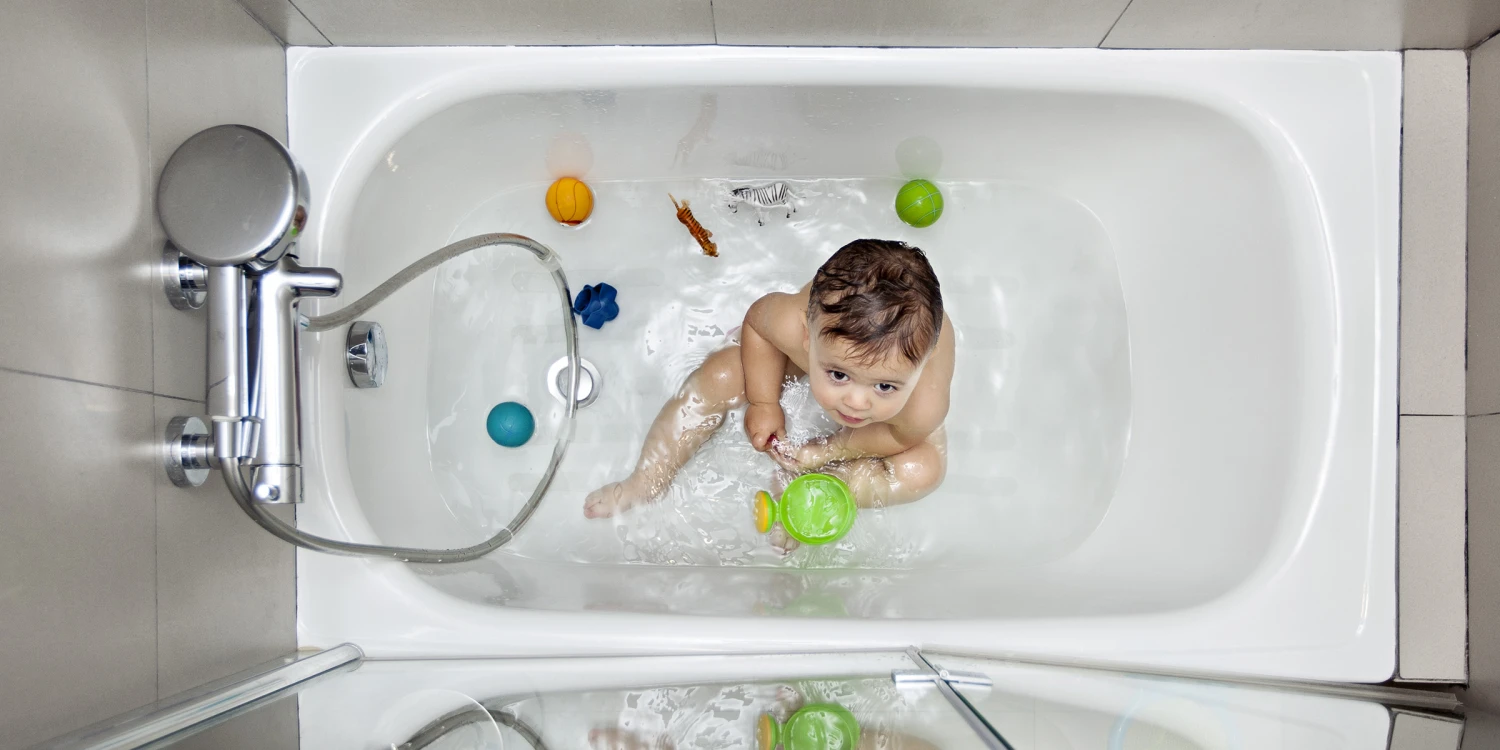
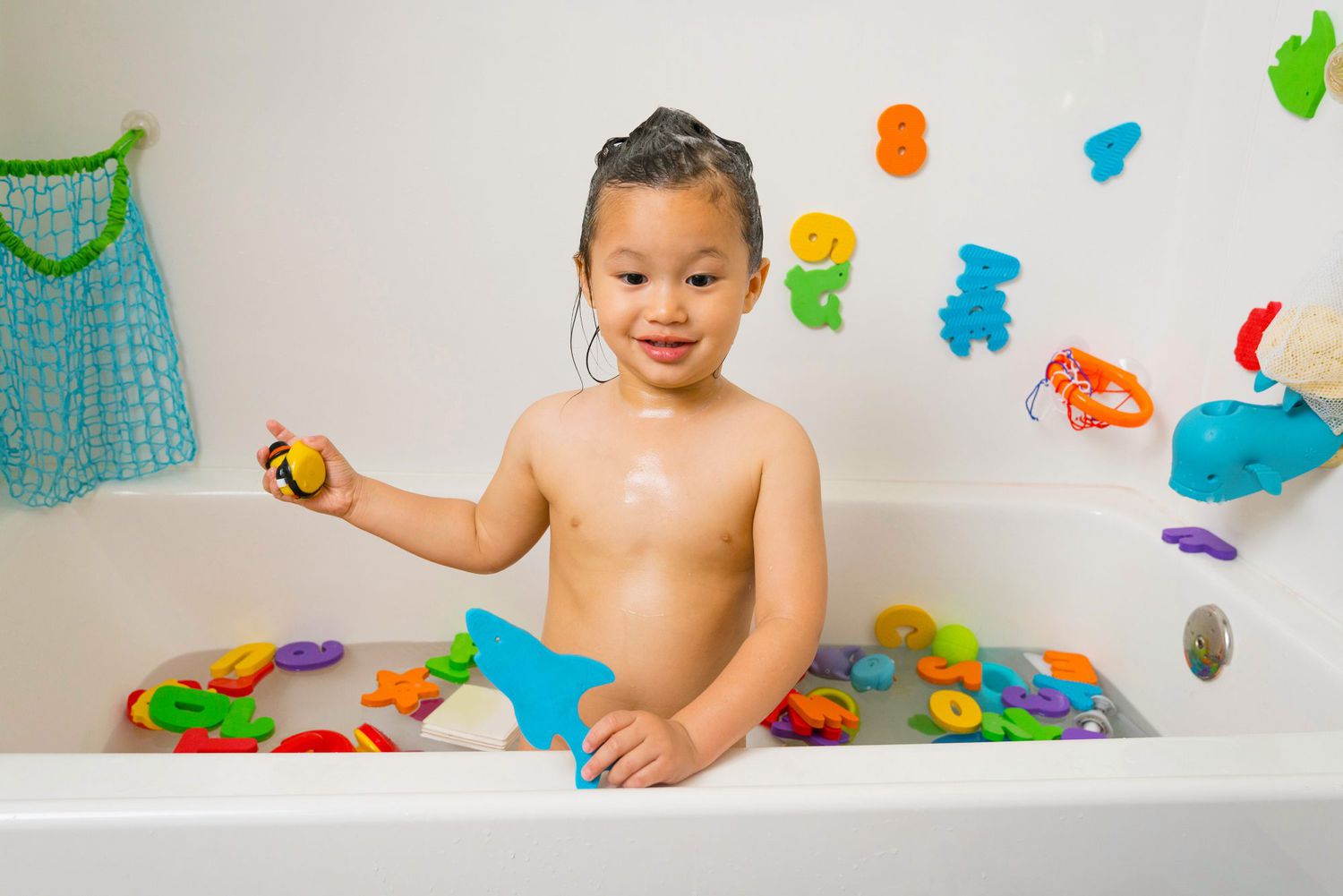
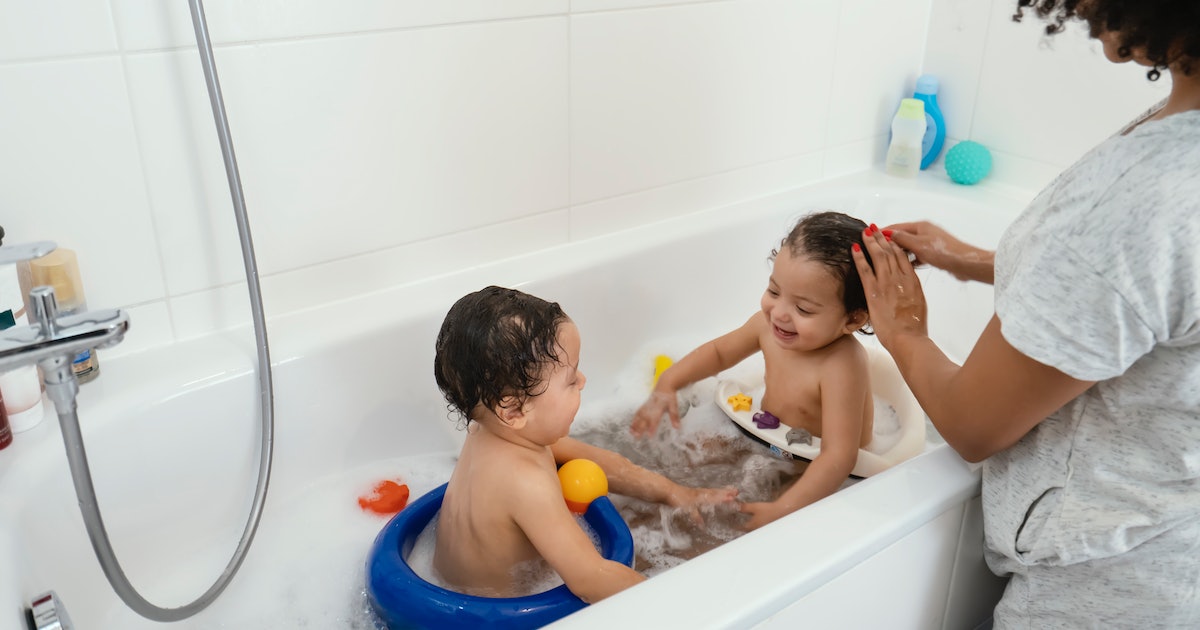
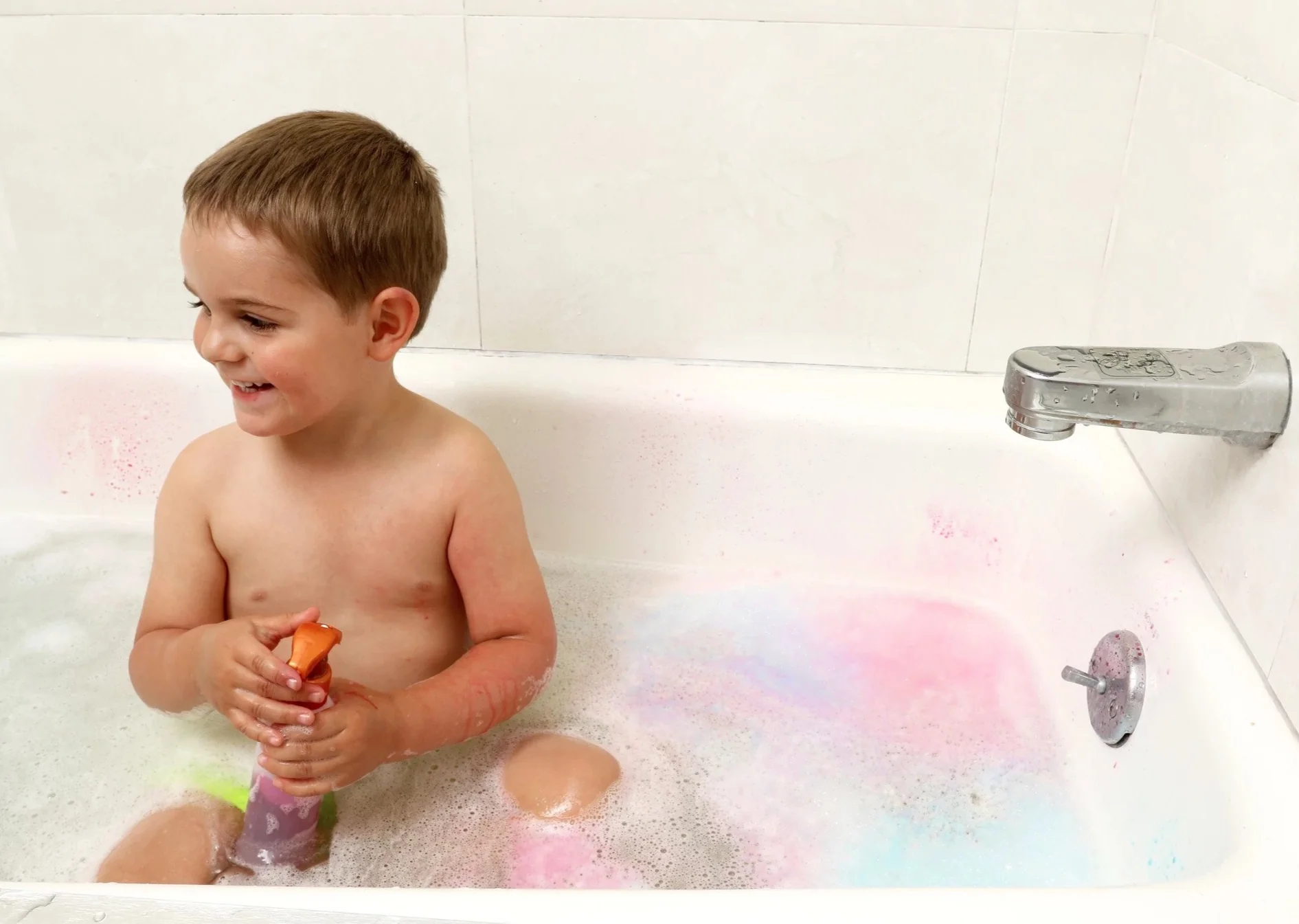
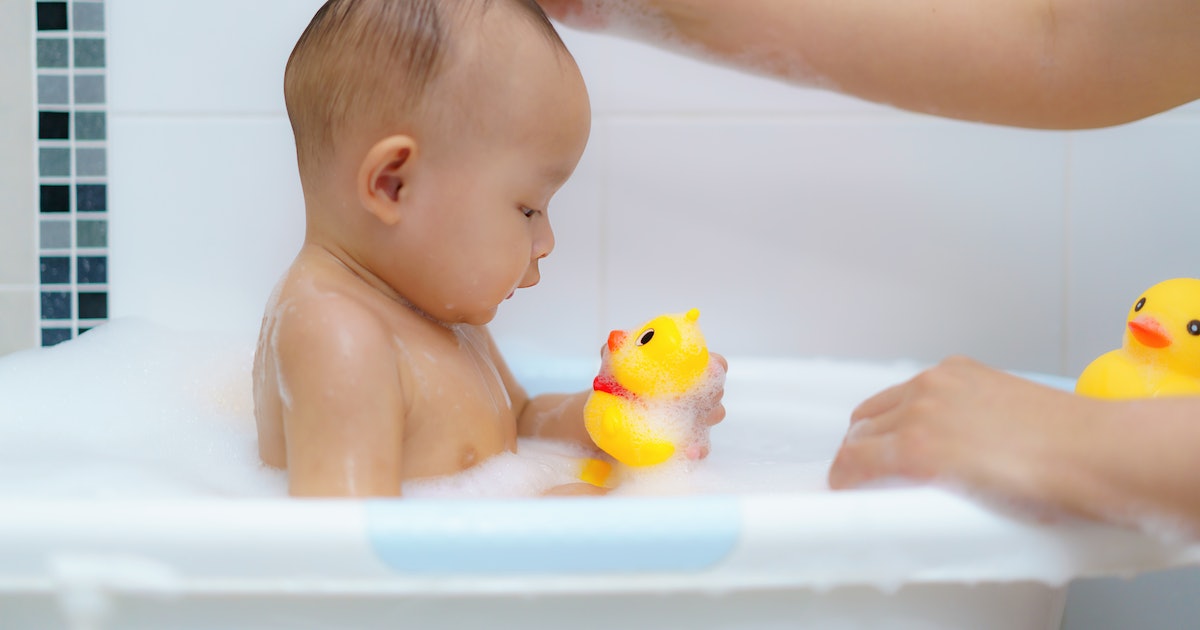
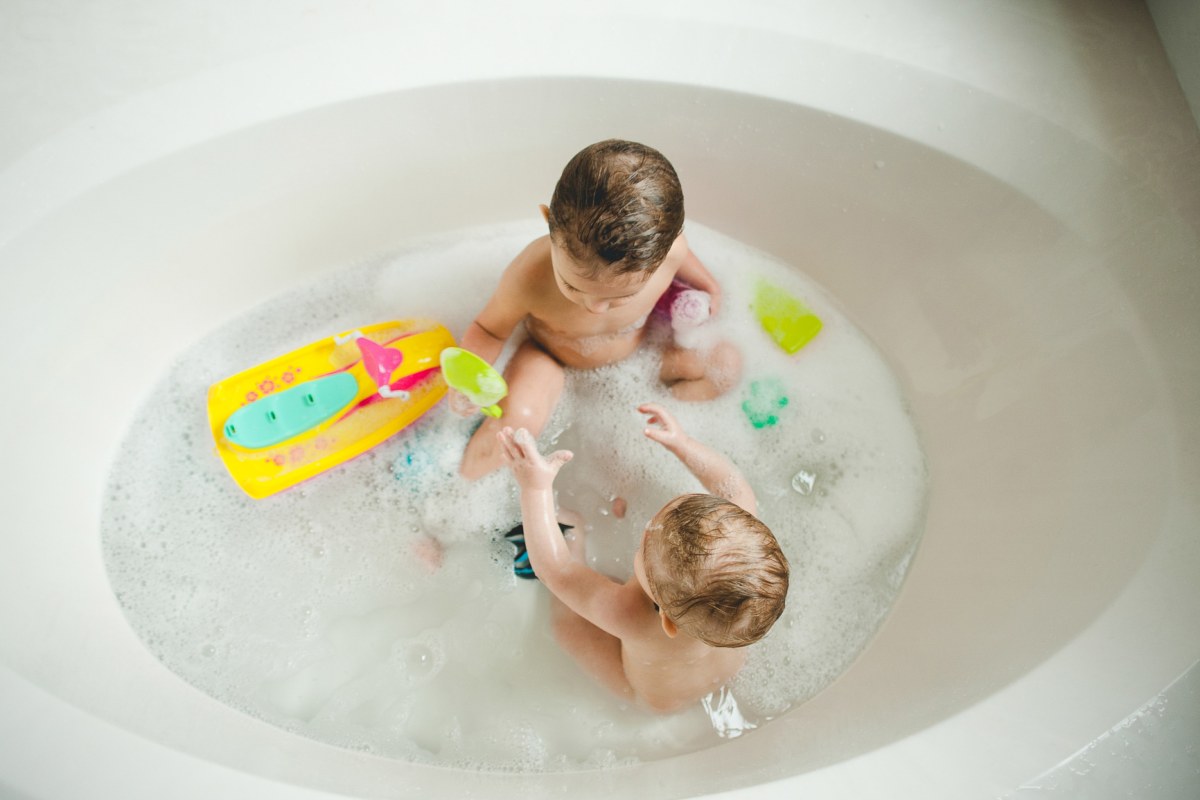
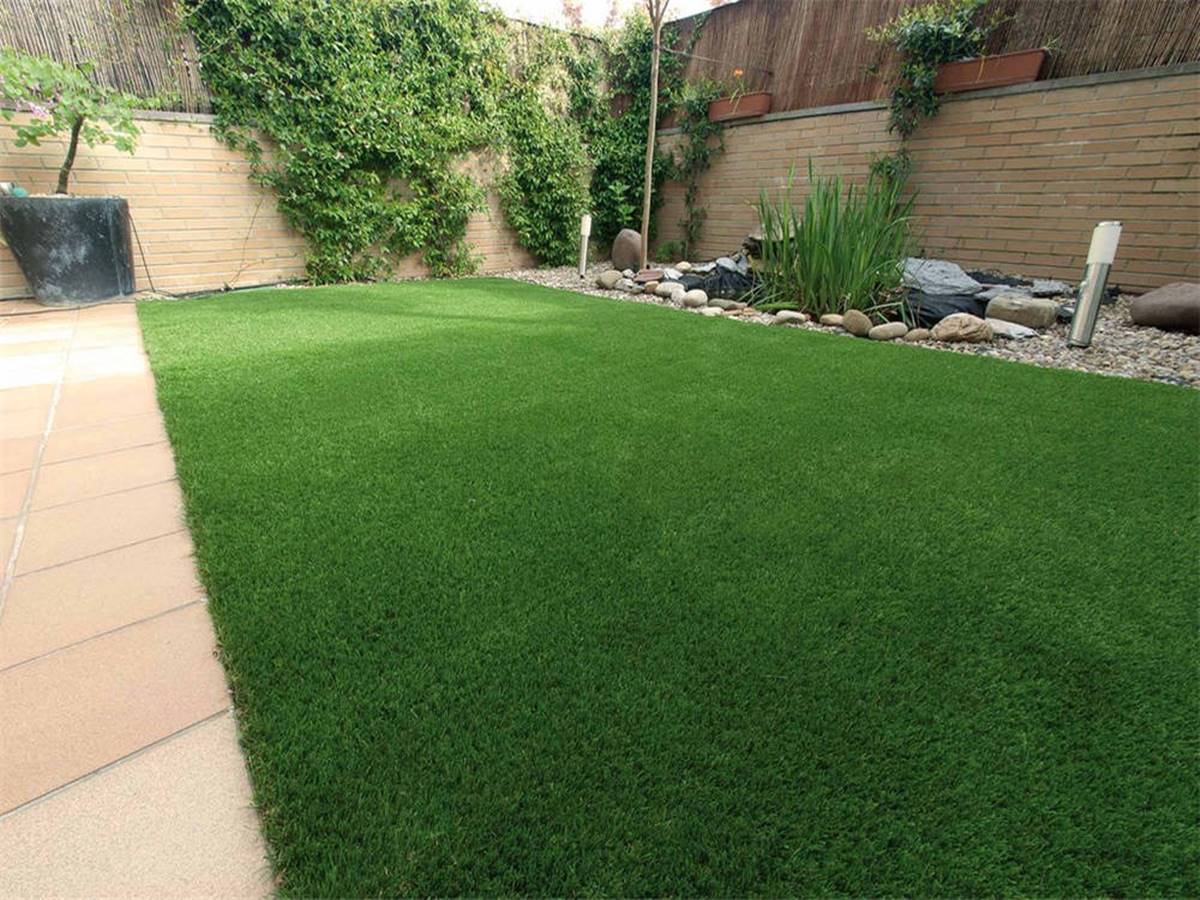
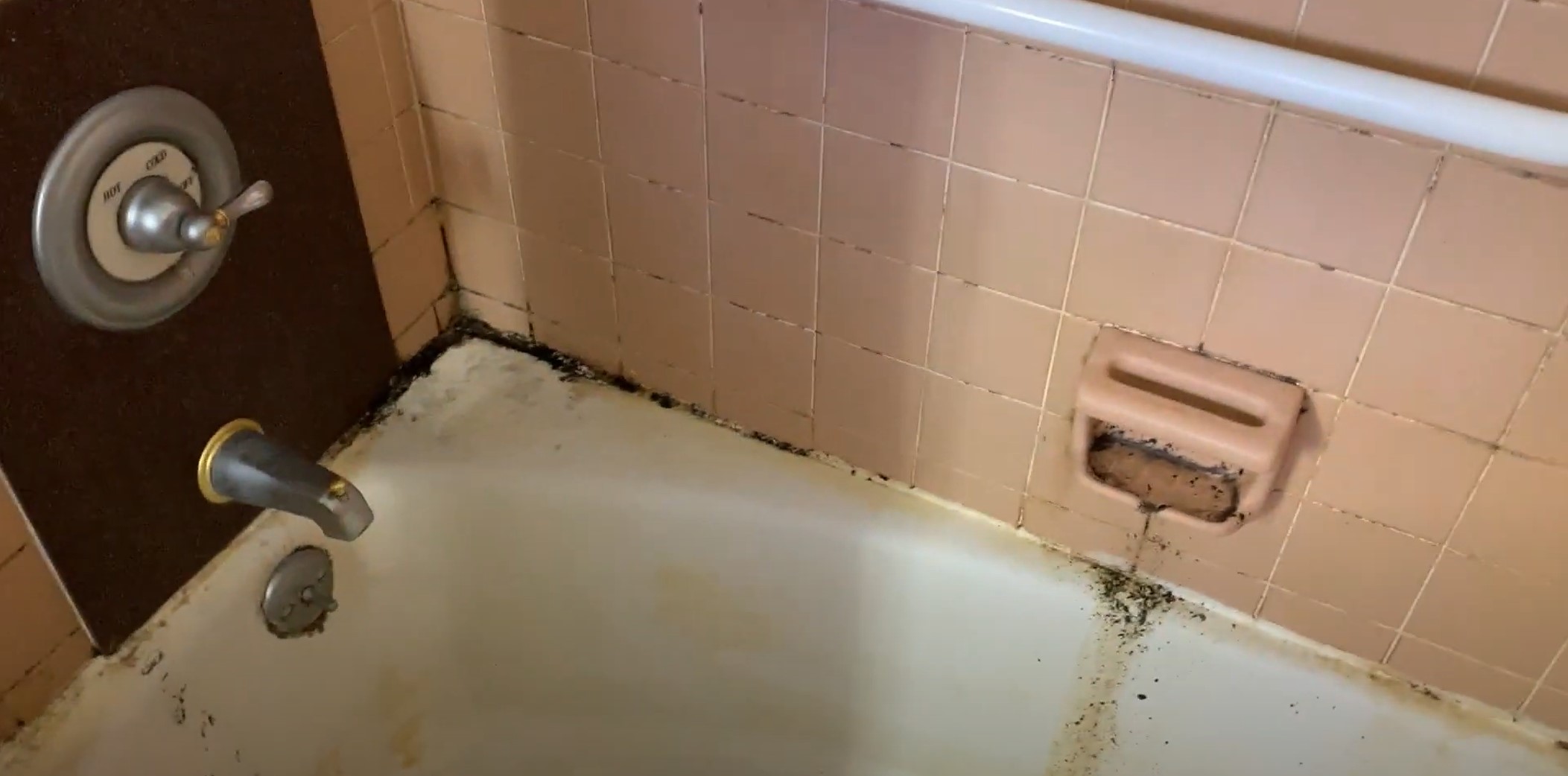
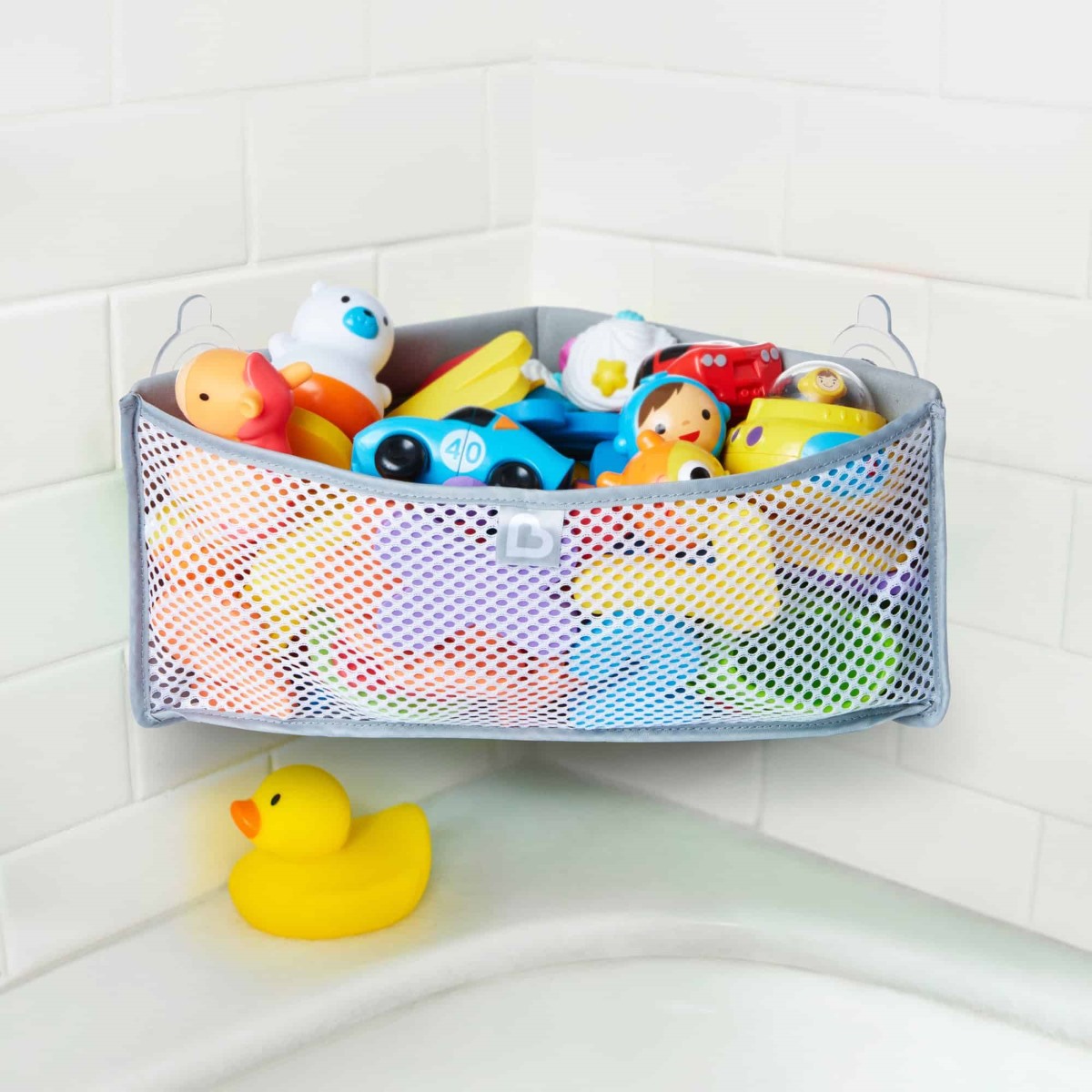
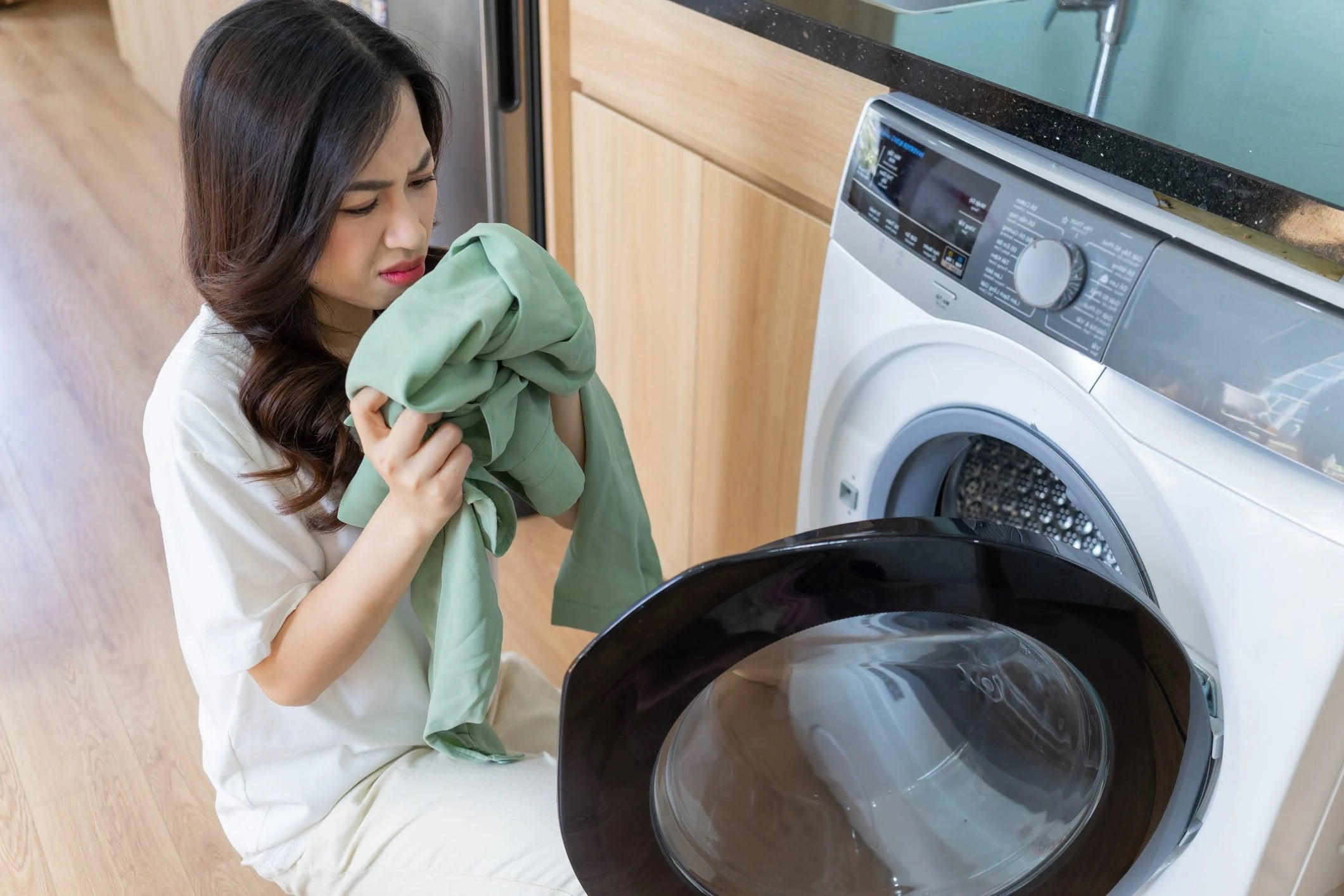

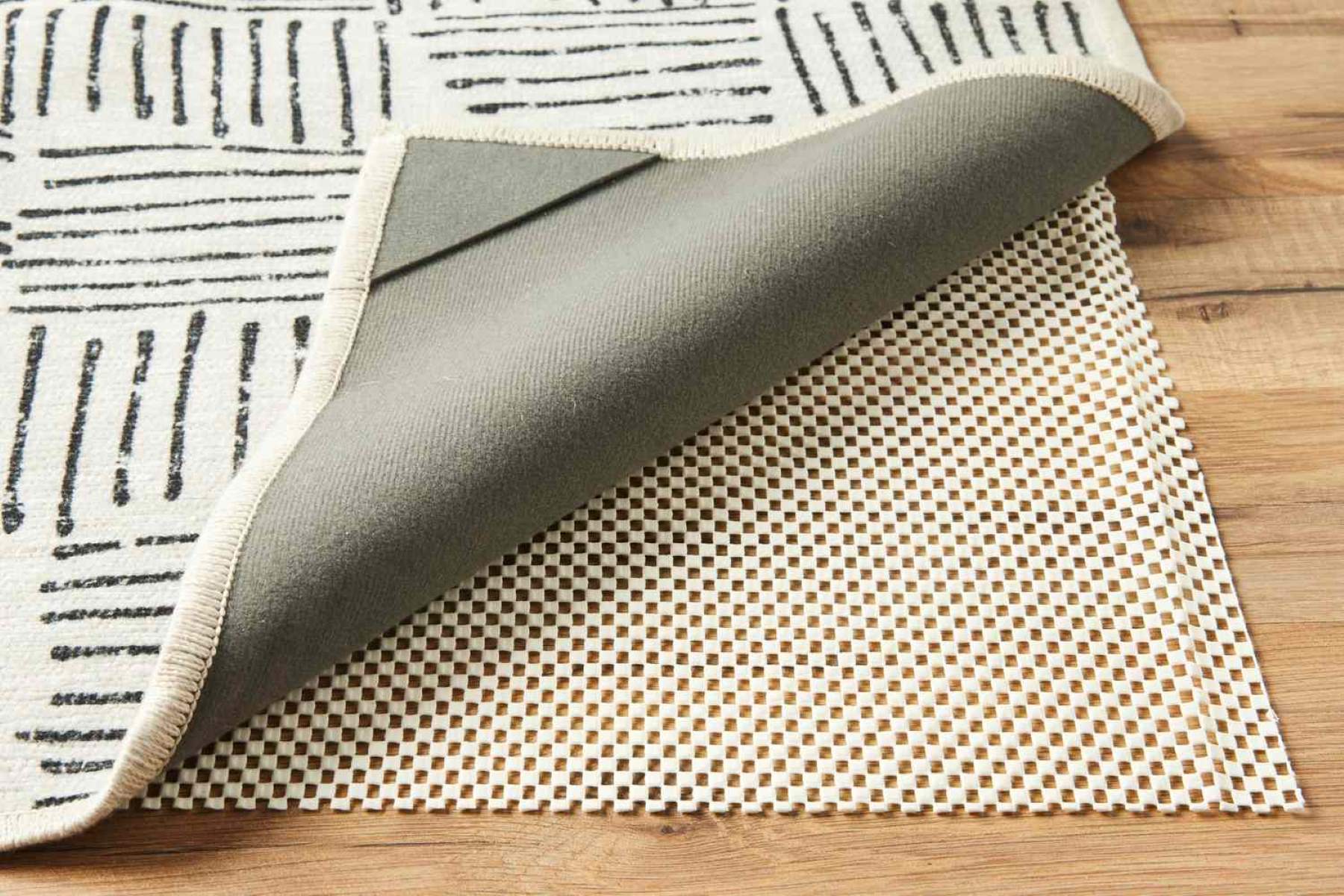
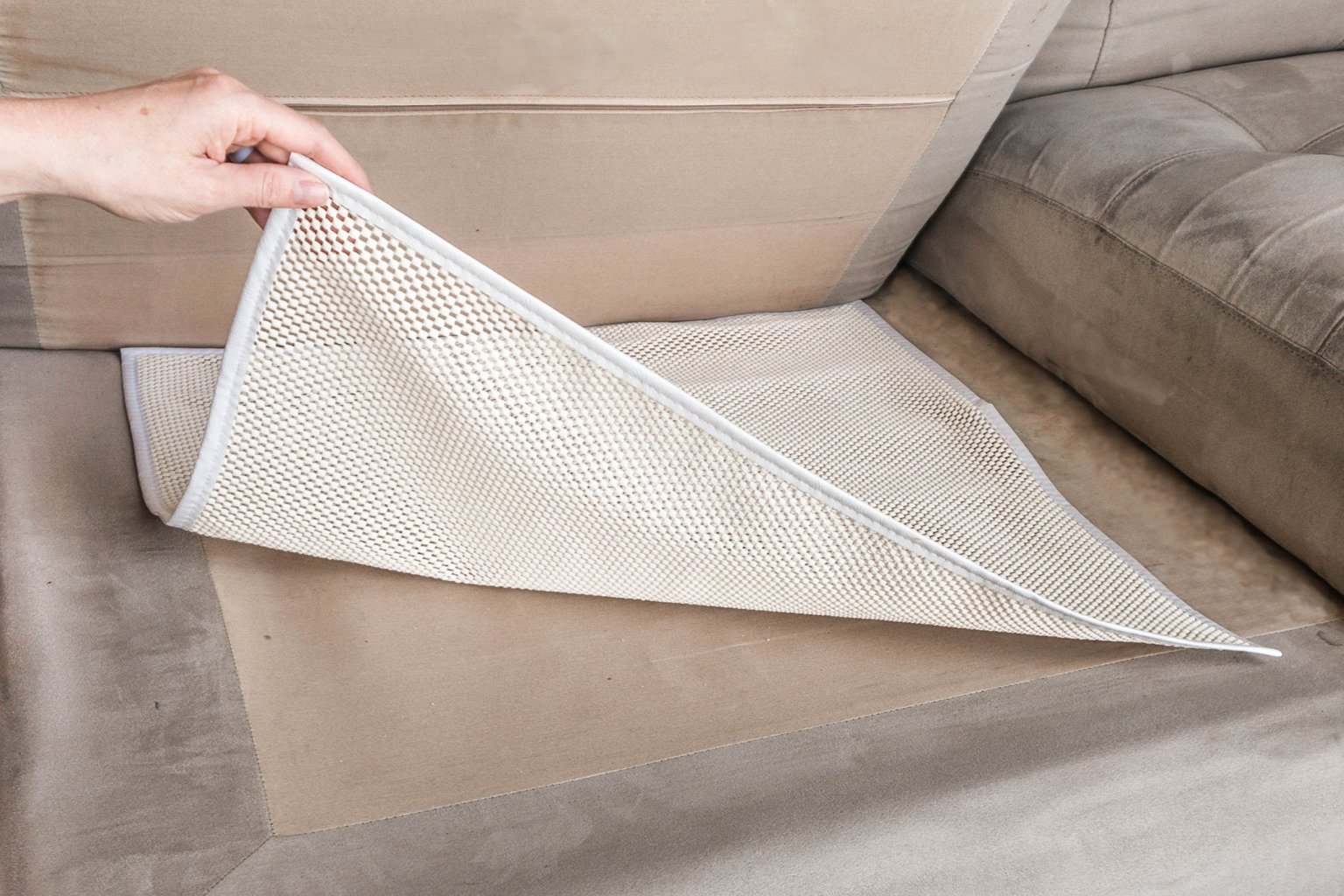
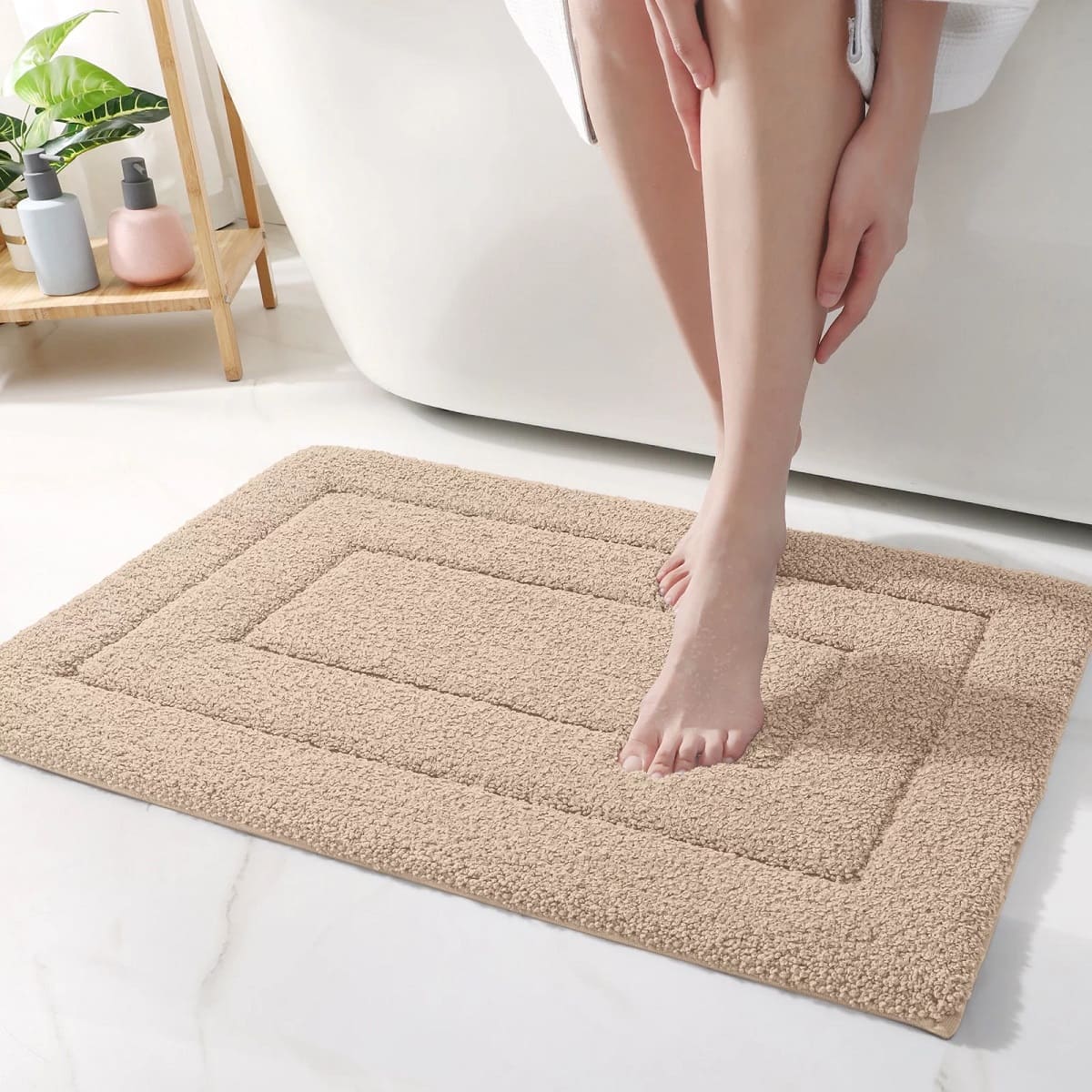

0 thoughts on “How To Prevent Bath Toys From Getting Moldy”